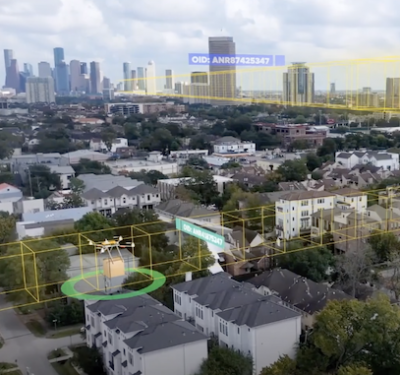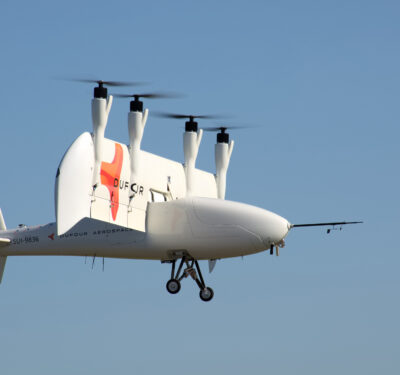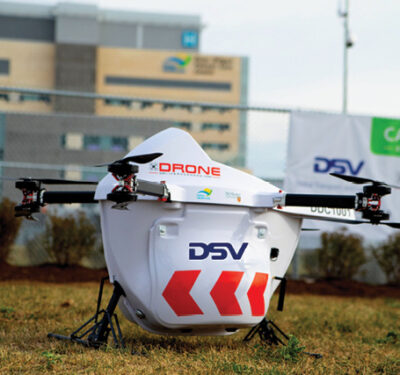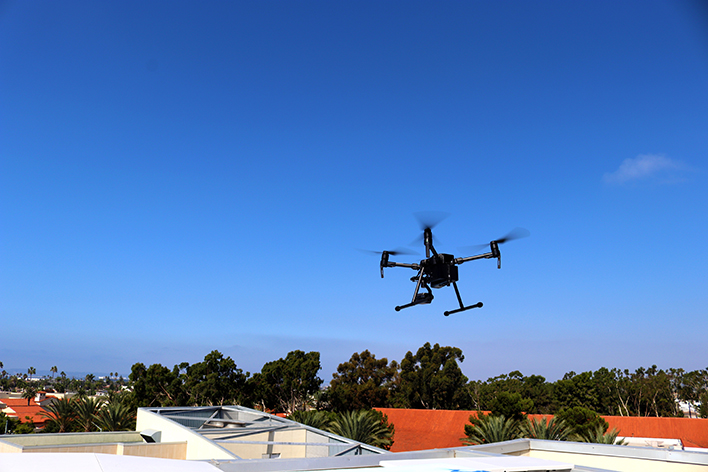
Drones have supported California police in 20 arrests since October as part of a research and demonstration effort supported by the Federal Aviation Administration (FAA).
The Chula Vista Police Department and Cape Aerial Telepresence have been working together to send unmanned aircraft ahead of police responding to emergency calls to both test the usefulness of having advance aerial footage and work out real-world operational parameters. The team has done 282 flights so far, showing safe operations over 75 hours of flight time with no incidents, Cape said in a press release. The drones are being used for upwards of 10 hours per day, four days a week, with plans to increase over time.
The group is part of the San Diego Integration Pilot Program team, one of 10 teams working with the FAA to research and test real-world applications. Under the IPP researchers, companies and officials from state, local and tribal government work closely with the FAA, getting their advice and priority in securing flight waivers. In return the teams submit their flight results to the agency to help the FAA determine safe ways to integrate drones into the air space and develop new regulations based on in-the-field test data.
The drones are dispatched to high-priority calls such as crimes in progress, fires, traffic incidents, and reports of dangerous subjects, in close proximity of the CVPD headquarters. The aircraft typically arrive on scene well before the responding officers who can view the live stream en route to the scene on their mobile devices.
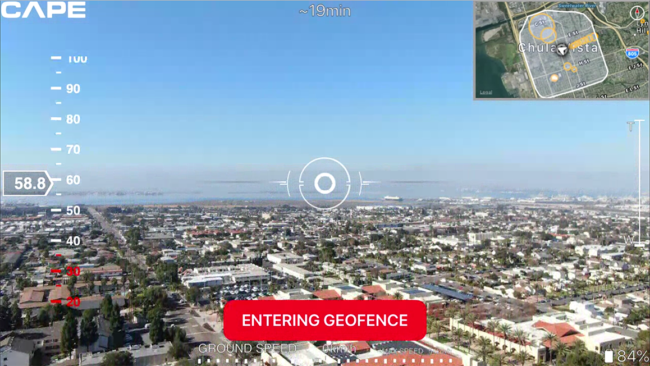
The teleoperator in the command center can maneuver the drone and the camera remotely in real-time in order to gain the exact visibility needed. Photos courtesy of Cape Aerial Telepresence.
The drone’s on-board camera live streams HD video to the teleoperator in the command center, who can maneuver the drone and the camera remotely in real-time in order to gain the exact visibility needed. The operator can also communicate with the units in the field to give them information and tactical intelligence about the situation. The command center can also use the footage to better identify and dispatch resources to the scene.
“Since launching the DFR program, the program is already having a significant impact on operations and resource management. Real-time aerial visibility is critical when informing decisions, and in an emergency situation, is vital to the safety of our officers and citizens,” said Roxana Kennedy, Chula Vista chief of police.
In two cases, according to Cape, the drones were used to search for suspects — one wanted for a stabbing at a local shopping mall and another who was reported to be carrying a knife in an apartment complex. In the first case the drone replaced a helicopter. In the second case the aircraft was used toidentify the suspect and provide air support until the officers arrived and arrested them. In a third case the teleoperator was able to search a parking lot for a stolen truck based on the truck’s description and license plate. Once the truck was located and confirmed stolen the operator took photos of the people coming and going from the vehicle while officers were on their way to the scene.
‘“The Chula Vista Police Department is at the forefront of utilizing drones to enhance the science of policing,” said Chris Rittler, CEO of Cape. “As more agencies begin to adopt drone technology, Chula Vista will undoubtedly be the agency that others from across the country look to and replicate for emergency response and support.”
For additional coverage on this topic from Inside Unmanned Systems, click here.



